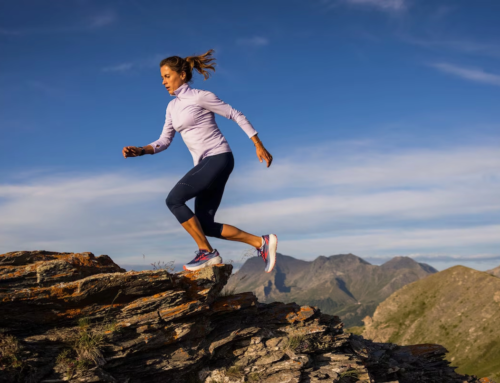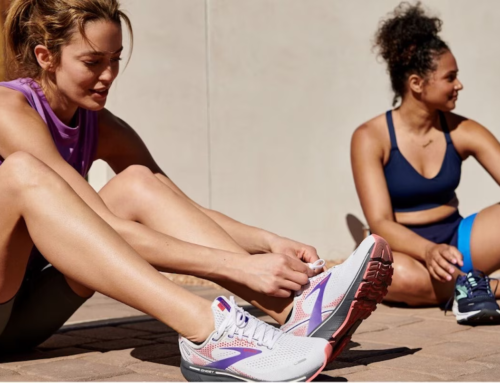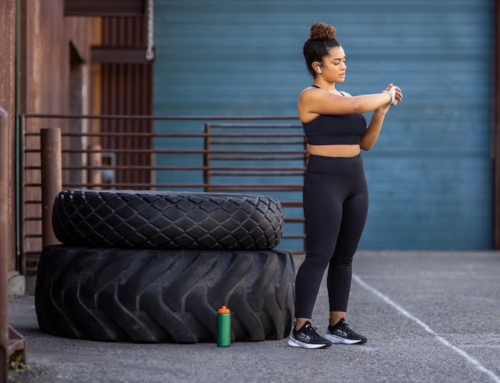Looking to improve your form? One technique to consider is pose running. Some elites swear by this style of running, which aligns your body like an S. Here’s what you need to know to determine if it’s right for you.
Pose running basics
Pose running breaks running down into three parts: the running pose, the fall, and the pull. You start out in the “running pose,” with your shoulders, hips, and the ball of your foot all in a vertical line, and your torso leaning slightly forward. From there, you’ll change from one foot to the other by falling forward (the “fall”), then pulling your support foot from the ground under your hips while your other foot falls naturally with gravity (the “pull”).
The quicker you get back into the running pose, the better, and you’ll be less likely to get injured. From there, falling forward can help you to run faster, and that can positively impact your stride. In essence, pose running is the simple act of pulling your feet up to maintain an uninterrupted free fall forward.
If you want to build endurance, your focus should be on the pull. That’s because pulling is an effective way to address your cadence and reach your natural steps-per-minute goal. With the pull, your mechanical efficiency can also increase as well as your muscle tendon strength.
Whether you’re looking to prevent injury, get faster, or go the distance, pose running offers tweaks to fix whatever is keeping you from reaching your goals.
Our writer’s advice is intended for informational or general educational purposes only. We always encourage you to speak with your physician or healthcare provider before making any adjustments to your running, nutrition, or fitness routines.







